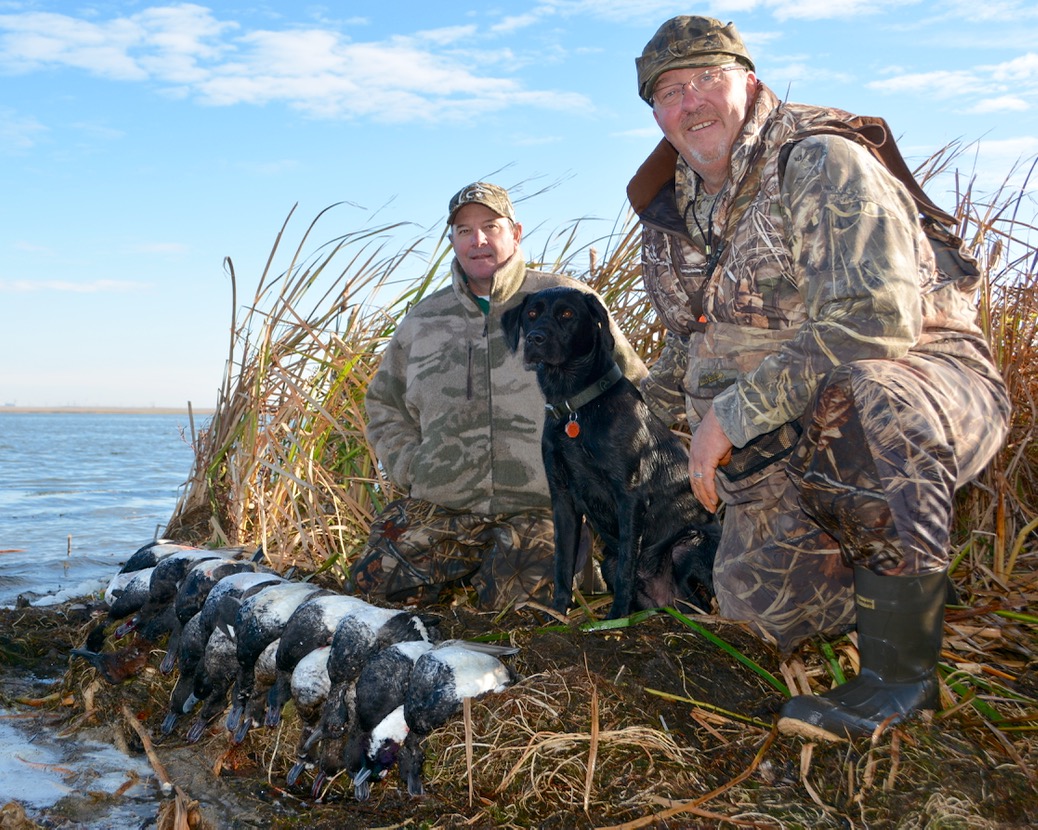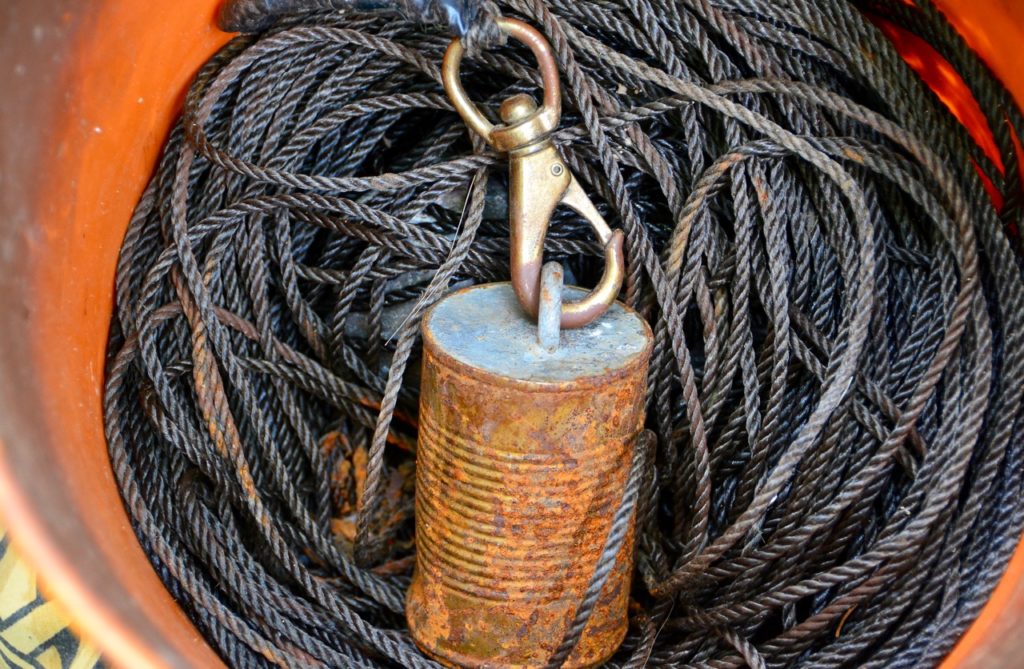Line ’em up!
Too many distant divers are failing to see your decoys? Go old school and set out a long-line spread to lure them in
Advertisement
HOW TO SET UP THE LANDING ZONE
Once your long line is set, you can add additional decoys on individual lines—usually a pod of a dozen or so blocks—on either side of the landing zone. I’ve also used spinning-wing decoys with great success. Avoid the common mistake of setting the decoy pod too close to your blind, as you don’t want the birds focused on you or your blind during their final approach.
Advertisement
Ensure you establish the landing zone at the appropriate distance from the blind, usually about 30 to 35 metres. On some days, divers will pile straight in, but most times they’ll buzz through for a look before swinging back around for a potential landing.
It’s a crapshoot whether they’ll come fully around on their second pass, but I usually give the first flight the opportunity to do so. If the birds are hesitant or simply decide there’s something they don’t like about the situation and fly off, I don’t make the mistake twice—when subsequent flights are over the landing zone on their initial approach, I shoot.
Add a decoy pod for arriving ducks to focus on the landing zone
Long-line hunting is all about choreographing diving ducks to fly where you want them to fly, as opposed to where they might otherwise prefer to be. It’s a finesse game, and if the birds aren’t responding the way you want them to, make changes accordingly. Usually, that means towing your long-line rig a little upwind, downwind or further out, depending on the situation. Occasionally, it’s a matter of making more room in the landing zone.
Advertisement
Once you’ve had a little experience setting out your rig, and you’ve watched how the birds respond to it, you’ll never again want to hunt a diver marsh again without one.
Hunting editor Ken Bailey is at his happiest on the duck marsh.
BONUS TIP: RETRIEVAL RITUAL
At the end of your hunt, retrieve your long line with the wind at your back. That way, you can drift with the line, picking up your blocks while concurrently pulling up the main line. I unhook the anchor, then coil the mainline into a five-gallon pail. Carefully stored this way, it never tangles.



